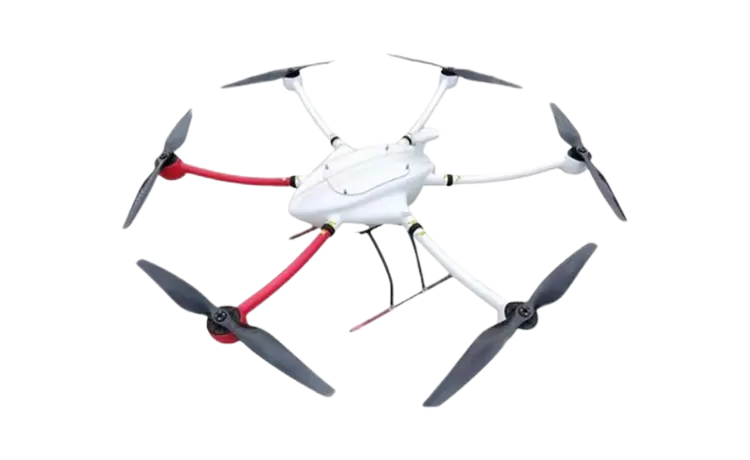Oil pressure plays a crucial role in maintaining the health and efficiency of an engine. It ensures proper lubrication, cooling, and protection against wear and tear. However, determining the proper PSI (pounds per square inch) for oil pressure can be a perplexing task. In this comprehensive guide, we will delve into the intricacies of oil pressure, explore the factors influencing the optimal PSI, and provide practical insights to enhance engine performance.
- Understanding Oil Pressure:
Oil pressure refers to the force exerted by the oil within an engine's lubrication system. It is measured in PSI and is influenced by various factors, including engine speed, oil viscosity, temperature, and the condition of engine components. - The Role of Oil Pressure:
Maintaining the appropriate oil pressure is vital for engine longevity and performance. Adequate pressure ensures that oil reaches all critical engine parts, forming a protective film that minimizes friction, heat, and wear. Insufficient pressure can lead to inadequate lubrication, resulting in engine damage, while excessive pressure can strain seals and cause leaks. - Factors Influencing Optimal PSI:
a. Engine Type and Design: Different engines require varying oil pressures based on their design, size, and intended use. High-performance engines often demand higher oil pressures to cope with increased stress and heat generation.
b. Oil Viscosity and Temperature: Oil viscosity, influenced by temperature, affects its flow rate and ability to maintain pressure. Thicker oils may require higher PSI to ensure proper circulation, especially in colder climates.
c. Engine Speed: Oil pressure fluctuates with engine speed. Higher RPMs necessitate increased pressure to ensure sufficient lubrication and cooling.
d. Engine Condition: Wear and tear, aging components, and potential leaks can impact oil pressure requirements. Regular maintenance and inspections are crucial to identify and rectify any issues affecting oil pressure.
- Determining the Optimal PSI:
a. Manufacturer Recommendations: Consult the vehicle or equipment manufacturer's manual for recommended oil pressure specifications. These guidelines are tailored to the specific engine and provide a reliable starting point.
b. Performance Modifications: If the engine has undergone modifications or upgrades, such as increased horsepower or aftermarket components, it may require adjustments to the oil pressure. Consulting with experts or performance tuners can help determine the optimal PSI for such scenarios.
c. Monitoring and Adjusting: Utilize oil pressure gauges to monitor the engine's performance and ensure it remains within the recommended range. If deviations occur, consult a professional to diagnose and rectify any underlying issues.
Conclusion:
Maintaining the proper PSI for oil pressure is crucial for optimizing engine performance, longevity, and reliability. Understanding the factors influencing oil pressure, such as engine type, oil viscosity, temperature, and engine condition, empowers vehicle owners and enthusiasts to make informed decisions. By adhering to manufacturer recommendations, monitoring pressure, and seeking professional guidance when necessary, one can ensure that their engine operates at its peak potential, delivering a smooth and efficient driving experience.




+ There are no comments
Add yours